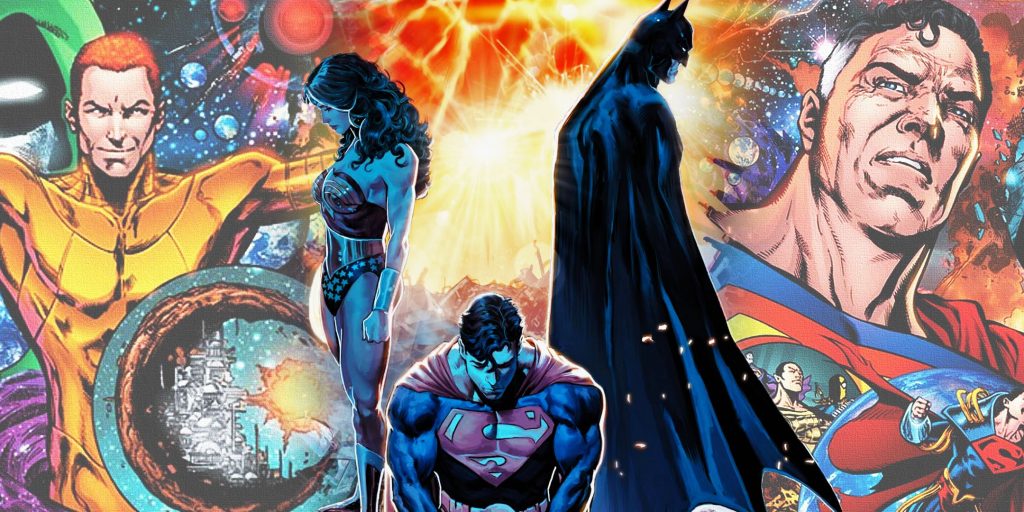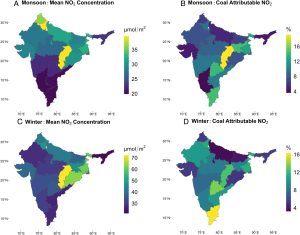Crisis on Infinite Earths is one of the most iconic events in DC Comics history and the history of the comic book medium as a whole. This resulted in the rewriting of DC’s published canon, which changed everything for many heroes and did away with the concept of the multiverse. Of course, the company has become known for constantly doing additional reboots, and this trend was cemented in its sequel two decades later.
Infinite Crisis made major changes to continuity and brought back the multiverse. Much like the miniseries Kingdom Come, it acted as a commentary on the development and changes made to many DC characters over the years. Ending with a true war of the Supermen, the series had an epic build-up and an aftermath that was just as important. Not only was the story a classic in its own right, but it was also a worthy follow-up to what came before that introduced concepts that the company still uses.
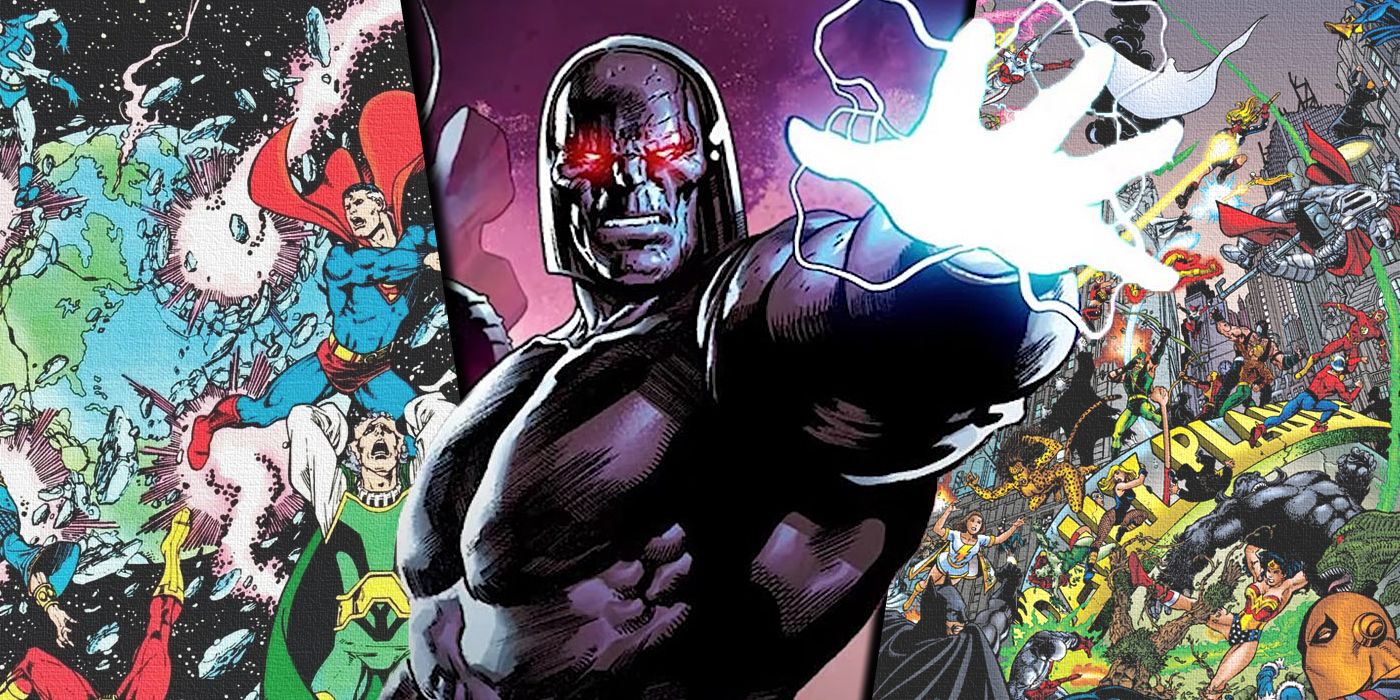
Related
A Guide To Every DC Crisis Event
Crisis on Infinite Earths reshaped the DC multiverse, though it wasn’t the first or last Crises the Justice League and others faced over the years.
DC Counted Down to the Second Crisis
Infinite Crisis Resulted from an Epic Build-Up
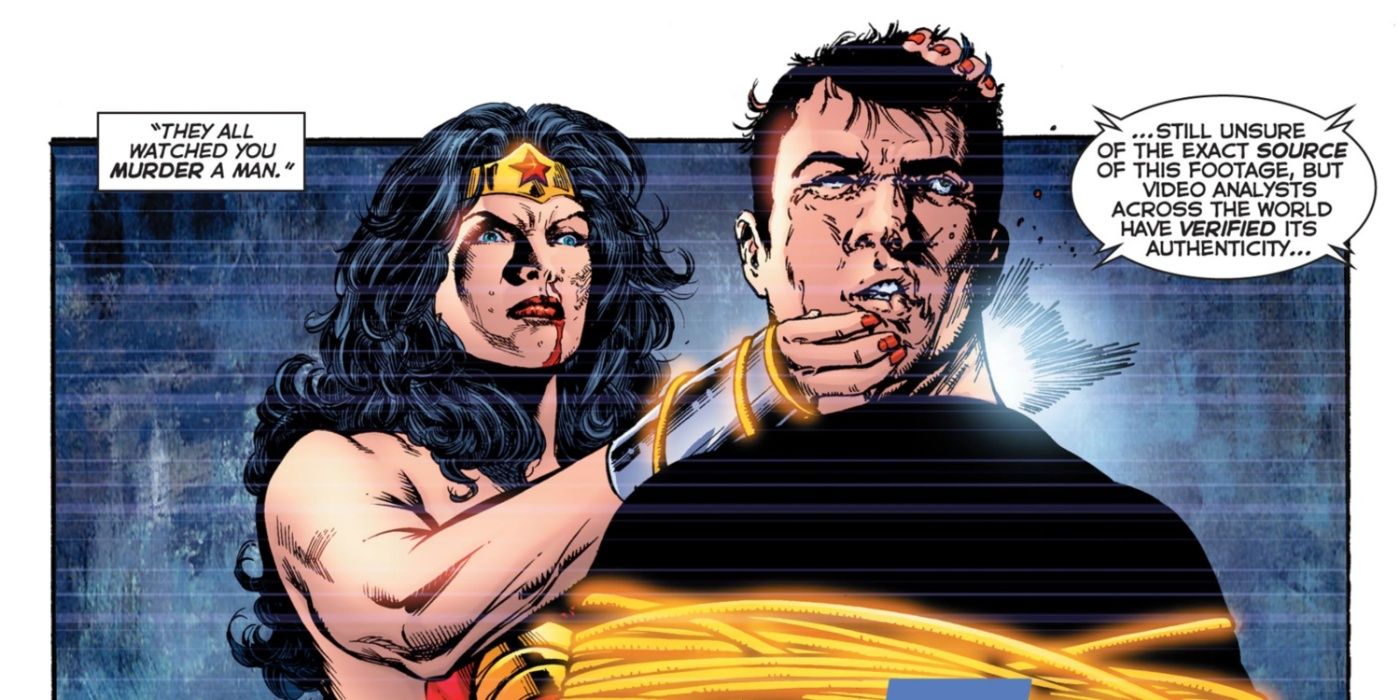
Infinite Crisis ran from late 2005 to 2006, but events leading up to the series came a good bit beforehand. Countdown to Infinite Crisis was the first of many miniseries that paved the way for the crossover, and it saw the once heroic (if smarmy) Maxwell Lord revealed to be a villain all along.
The former Justice League Internation financial backer killed his “friend,” Ted Kord/Blue Beetle.
The other minis of this nature were The OMAC Project, Rann–Thanagar War, Day of Vengeance and Villains United, with the threat of the OMACs and the Brother Eye satellite being pivotal story elements. DC Special: The Return of Donna Troy was also a part of the overall narrative, with some of these books being released intermittently with the main Infinite Crisis story. Several books were touted as important factors in this story, with Superman: Sacrifice being one of the most pivotal. DC’s lineup had at least one or two issues related to the crossover, with some acting as preemptive goodbyes to certain characters.
Also, building up to Infinite Crisis was the overall tone and direction of major DC heroes at the time. Batman had become increasingly paranoid in the first two thirds of the post-Crisis on Infinite Earths continuity, with stories such as “Tower of Babel” and the recent revelation of Brother Eye being used to spy on his fellow heroes showcasing just how much the Dark Knight had lost his own trustworthiness and humanity. Likewise, the lead-up to Infinite Crisis had Wonder Woman kill Maxwell Lord (now cemented as one of her recurring villains) on live television to prevent him from controlling Superman, with this act being controversial in both the real world and the DC Universe.
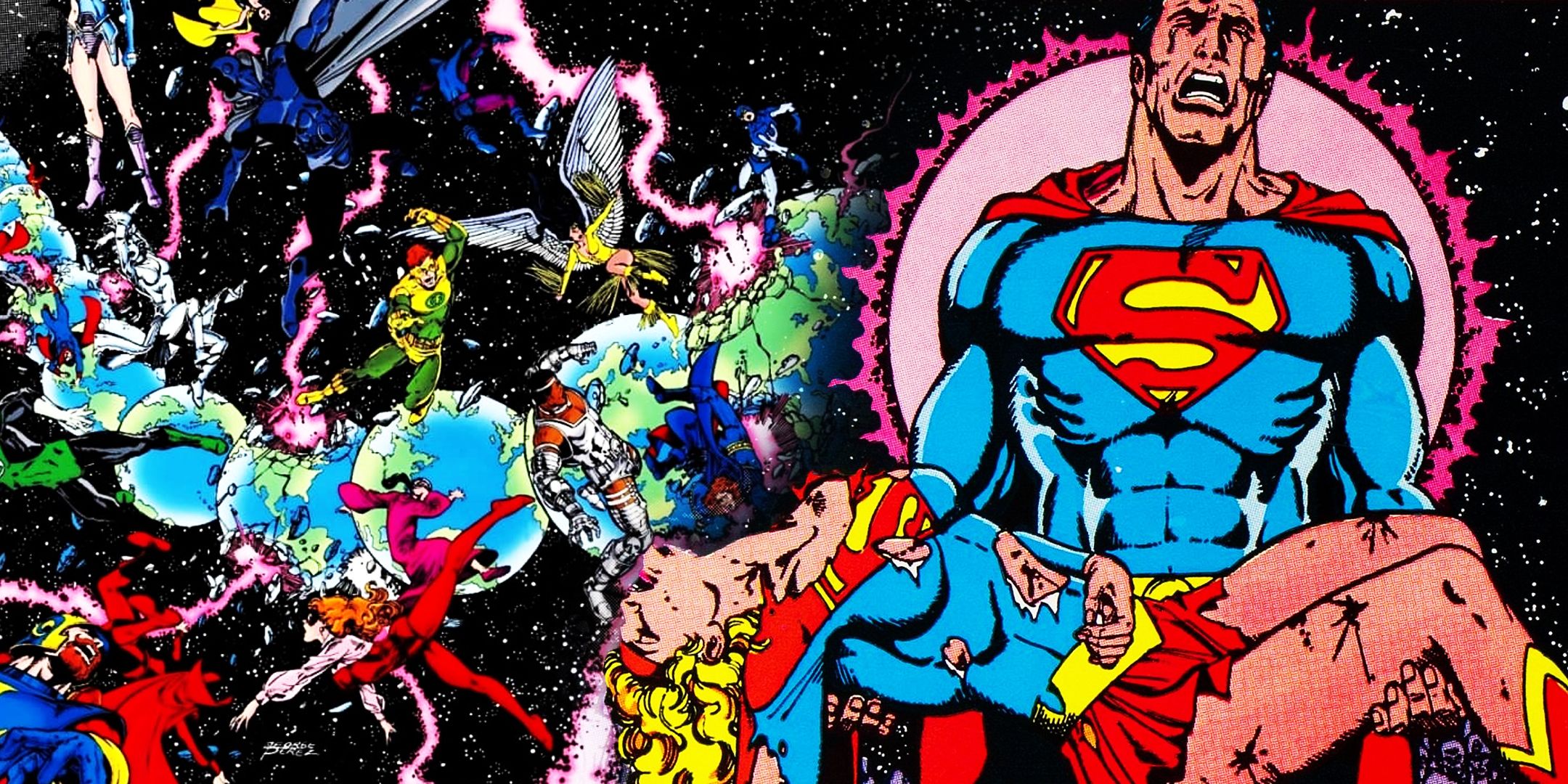
Related
40 Years Later, I’m Convinced Crisis on Infinite Earths Made This DC Problem Even Worse
Crisis on Infinite Earths was meant to help fix DC’s confusing continuity, but it actually ended up making things worse by ending the multiverse.
Many fans felt the DC Universe had become noticeably darker, especially given gritty and contentious stories such as Identity Crisis. Thus, Infinite Crisis was used as a commentary on the state of modern comics, and how much things had changed, and when it came time to swoop in and save the day, it was definitely a job for Superman.
Infinite Crisis Saw Heroes Die and Worlds Live
The DC Multiverse Came Back – At a Cost
At the beginning of Infinite Crisis, the recent events in the DC Universe are observed by four figures: Superboy-Prime, the Golden Age of Comics Superman and Lois Lane of Earth-Two and Earth-Three’s Alexander Luthor, Jr., who had all survived the events of Crisis on Infinite Earths by escaping into a pocket dimension. They grow increasingly tired of the dark “new” world they witness, and given his wife’s failing health, Earth-Two Superman seeks his cousin Power Girl in the hopes that they can restore the “perfect” world of Earth-Two.
Their actions bring this world back, but the conflict with the Prime Earth heroes only increases afterward.
Superboy-Prime attacks the Conner Kent Superboy, and the resulting fight sees a massacre of reserve Teen Titans members. Eventually, by donning an armor inspired by the powerful Anti-Monitor, Superboy-Prime becomes stronger than ever. Unfortunately, the Prime Earth Superman is caught in a battle with Earth-Two Superman, the latter of whom finally realizes that his Earth, in needing a Superman at all, is far from perfect. This comes after the Trinity realized how fractured they had become, with the three heroes needing to come together again after Batman, in particular, became a judgmental, pompous hypocrite.
It’s Wonder Woman who convinces Batman not to shoot and kill Alexander Luthor Jr. (who had created his version of the Secret Society of Super-Villains) following Nightwing’s traumatic injury and Superboy’s death. Dragged into a kryptonite field after slaughtering members of the Green Lantern Corps, Superboy-Prime was finally defeated on the planet Mogo. Unfortunately, the exposure temporarily depowered the main Superman, while Earth-Two Superman/Kal-L died from his injuries. Superboy-Prime himself was imprisoned by the Green Lantern Corps, but the villain’s actions had already made major changes to the DC Universe as fans knew it.
2:43
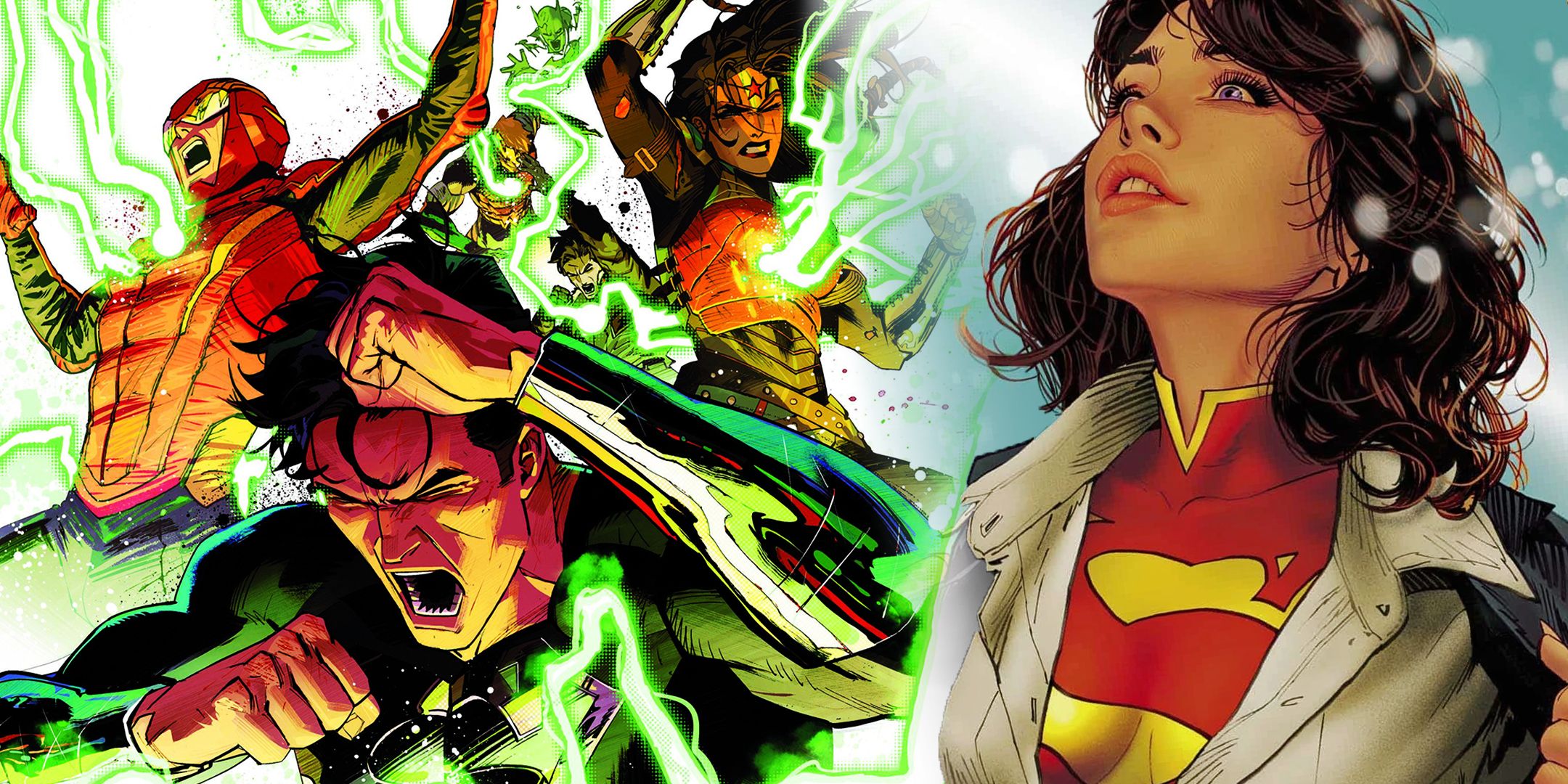
Related
DC Characters With a New Powerset After Absolute Power
Some of the most iconic DC heroes have undergone an epic transformation for the new DC Comics era. Script by Sage Ashford and video edited by Gonzalo Lugo.
The Impact of Infinite Crisis
The DC Crossover Restored Several Classic Elements
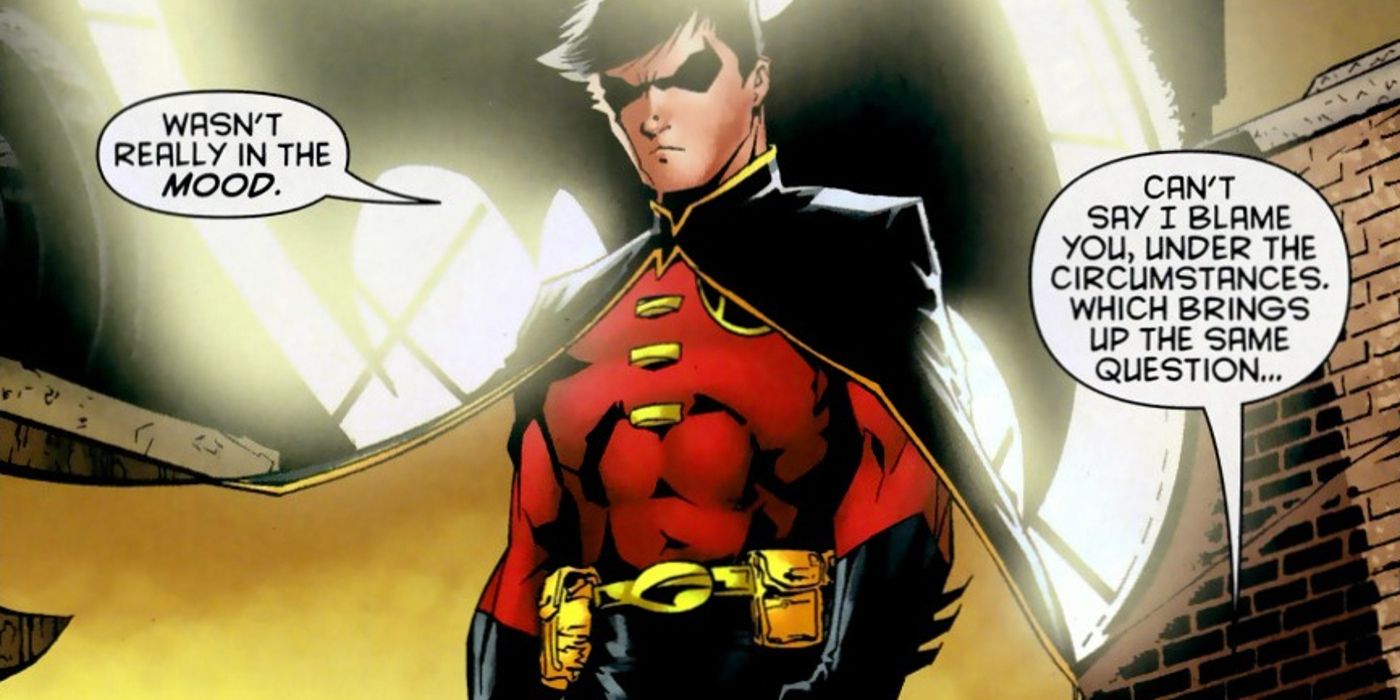
The multiverse was restored in Infinite Crisis before being collapsed again into a “New Earth,” with Superboy-Prime also infamously “punching” the wall of his pocket universe. Given the character’s literally earth-shattering power, this was used to explain the subsequent changes to DC canon.
These affected major DC heroes, namely the Trinity and other Justice League members.
For instance, Batman and the Batman Family were no longer merely treated as esoteric “urban legends” around Gotham City. Before the events of Flashpoint and the New 52, various elements of the character’s pre-Crisis (namely Silver Age) history were brought back into continuity. Likewise, Tim Drake changed his Robin costume with a new color scheme to honor the fallen Superboy. Superboy-Prime’s “multiversal punch” even explained the resurrection of Jason Todd, who had his history altered and finally returned in the “Under the Hood” arc of Batman.
Wonder Woman’s status as a founder of the Justice League was restored, as were elements from her Silver Age and Bronze Age stories. The backstory for Hal Jordan given in stories such as Green Lantern: Emerald Dawn was retconned almost entirely, with Green Lantern: Rebirth (written by Geoff Johns, who wrote Infinite Crisis) replacing it. Bart Allen was made into the new Flash, with this all part of a last-minute change following Dan DiDio’s supposed attempts to get rid of fan-favorite Wally West as The Flash. The concept of the multiverse was now freely revisited again, but the tonal issues addressed in Infinite Crisis weren’t necessarily overturned.
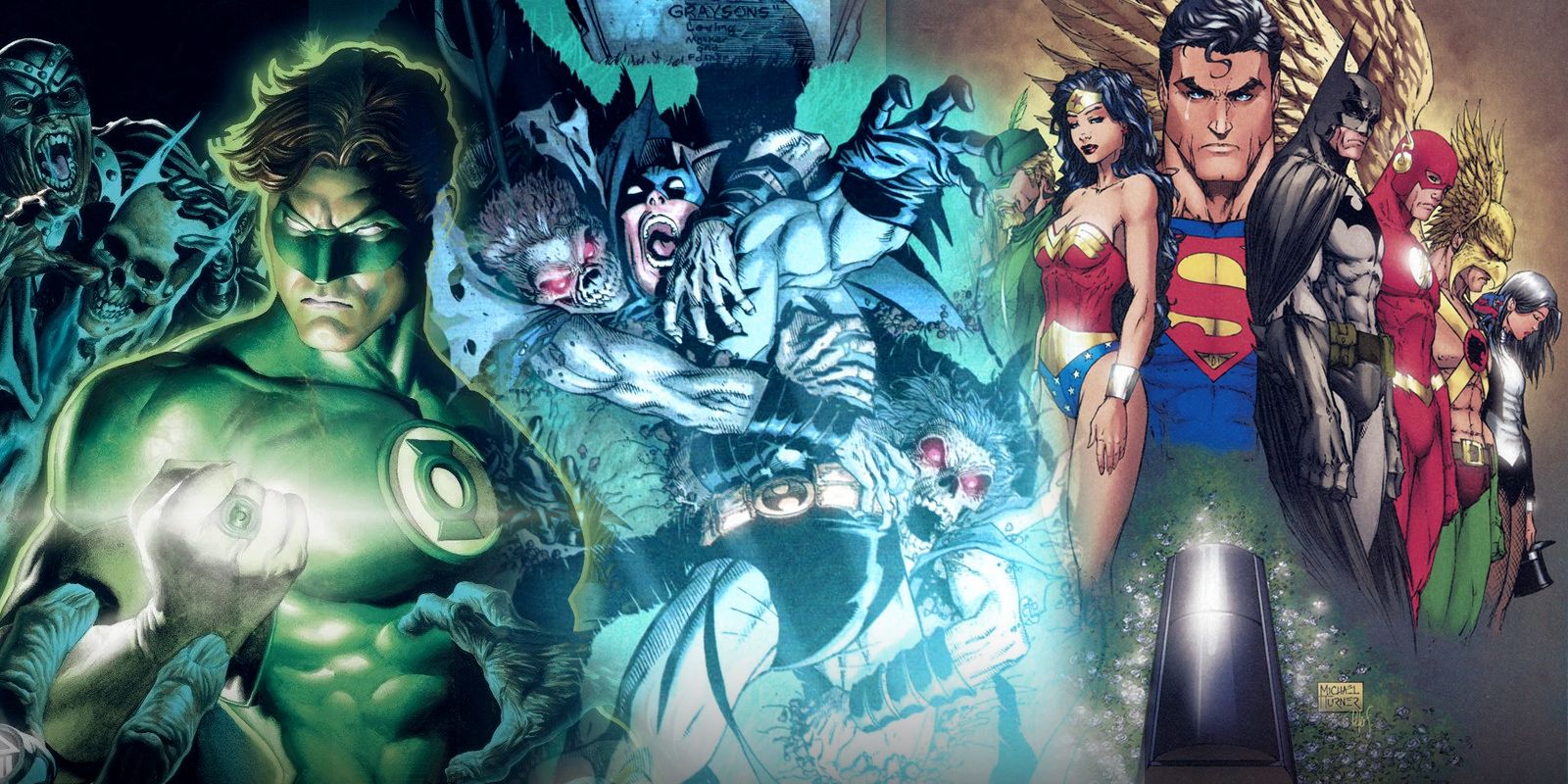
Related
10 Saddest DC Comics Stories of All Time
DC Comics has delivered a vibrant world full of superheroes, but that world is not safe from heartbreak, as some of their saddest moments prove.
As a whole, DC remained fairly straight-faced, and it wasn’t especially darker or lighter than beforehand in terms of tone. If anything, things worsened with the Shazam family, with Mary Marvel and Captain Marvel losing their powers right before the New 52 reboot.
It Took a Year for the DC Universe to Recover
52 Explored the Aftermath of Infinite Crisis
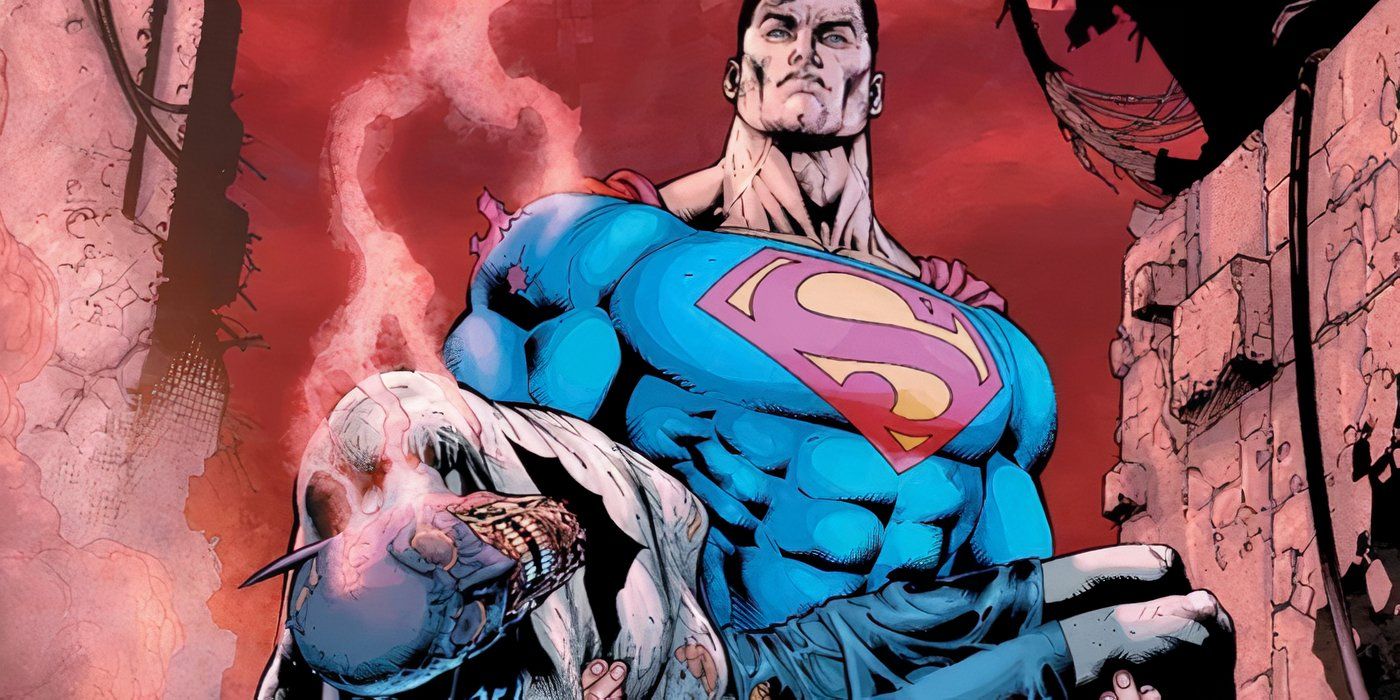
After the event ended, DC Comics published the 52 series covering the entire year after Infinite Crisis. This was the first weekly series from DC in nearly two decades, and the culmination was widely regarded by fans. It also laid the groundwork for Final Crisis, which truly cemented the multiverse as being back in play as a concept.
Alongside 52 was the “One Year Later” banner, which jumped ahead in time to begin rebuilding after Infinite Crisis.
This saw the retconned elements brought to the forefront by heroes such as Superman, Batman and Wonder Woman. In the case of Superman, his post-Crisis history from John Byrne had already begun to be largely erased, and following 52 in particular, Lex Luthor was back to his classic mad scientist routine. Superman: Birthright brought in elements from the Silver Age and the TV series Smallville, even more so after Infinite Crisis. Most notably, DC finally brought back the Kara Zor-El Supergirl, and previous post-Crisis versions, such as Matrix Supergirl, were soon forgotten. Likewise, Batman was more friendly towards other heroes, while Wonder Woman arguably regressed by returning her old-school Diana Prince secret identity to become a secret agent.
Donna Troy also briefly replaced Diana as Wonder Woman, with the latter journeying as a mortal to find her supposedly missing humanity. Infinite Crisis also introduced Jaime Reyes, the new Blue Beetle who replaced the recently killed Ted Kord. He received a series of his own following Infinite Crisis and was one of that era’s more well-received new DC characters. Bart Allen was soon killed off by recurring Flash villains The Rogues, with Wally returning to take back the mantle.
8:05

Related
Darkseid Is The Best DC Supervillain
The Anti-Life Equation is only one of the many reasons why Darkseid is DC’s most amazing villain. Script by Emilia Cotella and video edited by Tim McDonald.
All the while, a new Aquaman appeared in the depths of Atlantis as the original Arthur Curry went missing. Many of these changes remained in place for quite a while, and some of the elements that Infinite Crisis erased have never been mentioned again in further stories, Elseworlds tales or even adaptations. At the same time, Infinite Crisis did receive a novel adaptation that was later given an audiobook version, while the story also inspired a loose adaptation in the form of an online video game.
Given the reception to Final Crisis and especially Dark Crisis on Infinite Earths, many fans consider Infinite Crisis the best and perhaps only true successor to the original Crisis story. Beyond just bringing back elements that older fans wanted to see again, it was an all-around good crossover that explored what made heroes such as Superman so important to the DC Universe.
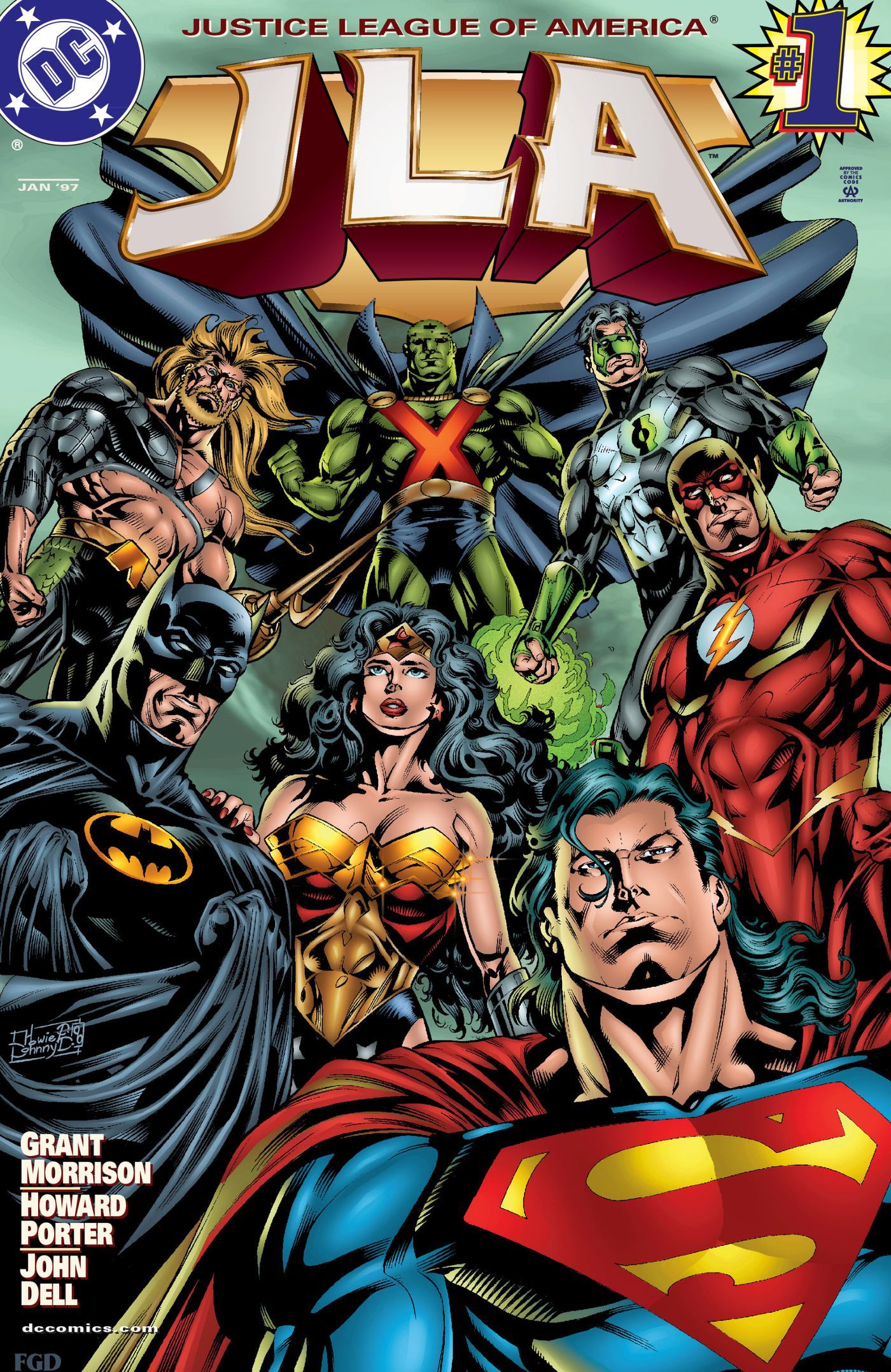
DC Comics
- Created by
-
Malcolm Wheeler-Nicholson



